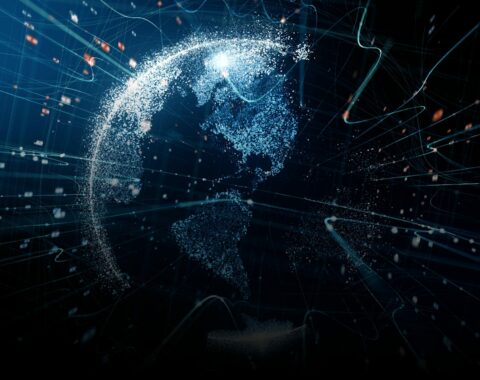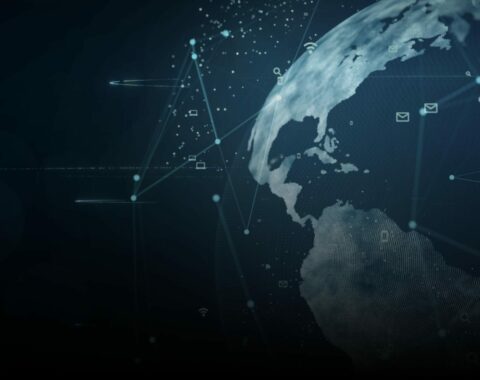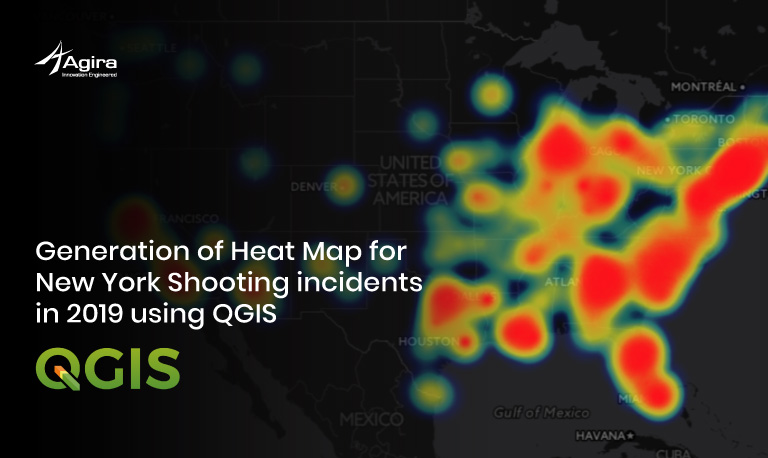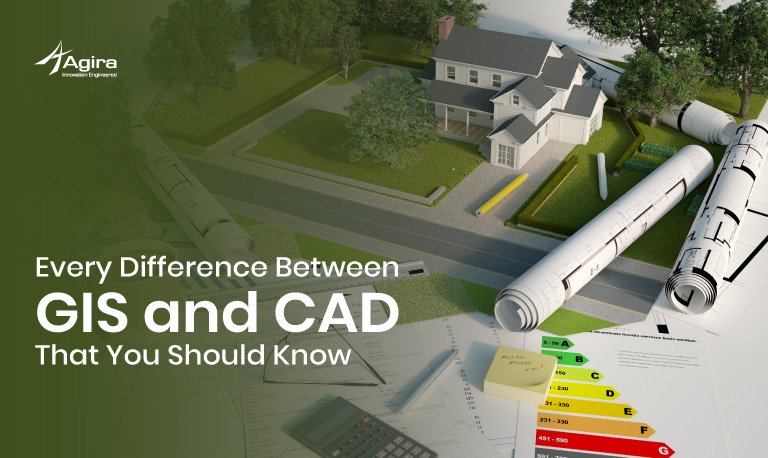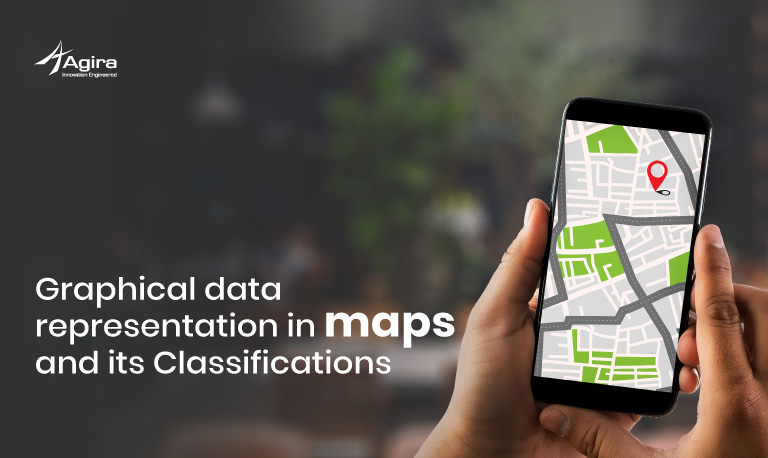Table of Contents
Geographic Information Systems (GIS) are applied in various industries and technological advancements. It accumulates a large amount of data to help professionals in decision making and plays a vital part in the growth of any industry. The innovative professionals have identified the scope of GIS technology. And utilize it to improve the infrastructure, save time, capital and energy of the companies and it’s faculties.
GIS is a powerful strategic decision-making tool for any industry or business. This data intelligence felicitates various industries, businesses, and also consumers to make informed decisions. It generates geospatial data such as demographic data, topographic data, and environmental analyzation.
Let’s take a look at some of the top 6 industries that significantly use Geographic Infomation Systems.
Why GIS
Before we get to know the industries, you must know, what are the advantages a GIS Technology can offer to your project/Industry.
- Improves Organizational Integration
- Constitutes as a framework of the information system
- Improved communication during a crisis
- Improves allocation of resources and planning
- Identify risks and to make informed decisions
- Natural resource management
- Save energy and costs
- Improved transparency for citizen engagement
- Increases employment opportunities

GIS in Banking
Banks manage a ton of data as it contains the information from its individual customers’ across various locations. GIS is a traditional practice for database and customer relationship management in banking sectors. A bank requires adequate field data. To have an understanding of geophysical features of an area, customer potentiality, preferences and especially crime rate for safety before setting up a branch in a locality.
Bankers use Geospatial technology for digital surveying and mapping that enables the processing, interpretation, and collection, visualization of data from the target areas. GIS and remote sensing help banking sectors in their operating and decision-making processes.
GIS in Food Clusters
As the development of local food clusters is leading to large investments. Recent studies suggest that flood clusters are the significant regional and local drivers in terms of economy, sustainability, employment and easy instant access to hygienic food.
Mapping is used by the food clusters to locate thier vendors and customers, current location and furthermore details are organized to be viewed. For example, food delivery apps we use in our daily life. GIS is also used in mapping and monitoring, Reporting food security information, drought monitoring and early warning systems.
GIS in Disease Surveillance
To identify the pattern of the disease, healthcare sectors have various GIS-based projects. The main goal is to tackle down the spread of the disease caused by natural calamities and pollutions. The disease surveillance system in GIS will be utilized to conduct a spatial analysis to determine high-risk areas.
It highly helps in mapping the communities and settlements as polygons on satellite images.GIS software illustrates and validates the data more accurately. GIS mobile applications are more suitable for the data collection process.
GIS framework can be used to identify and monitor the disease type, cause, and effect areas. Epidemiologists use GIS for clustering, asses proximity, to perform spatial smoothing, regression, and interpolation.
GIS in Urban Planning
Planning a city is more complex and needs a reliable infrastructure, it also impacts the quality of life of the people who live in the city. So, the planners mostly rely on the Geospatial data (GIS) to identify vacant slots, determine an efficient way to share the resources and energy alternatives.
Developing a city includes governmental spaces, residents, business infrastructures, road construction, flora, and fauna. As the cities continue to grow, modern cities are planned according to aging infrastructures and easy replacements by minimizing the harm to exiting historic monuments or nature fields.
GIS mapping data is reviewed for future developments such as installing solar panels, renewable energy infrastructure installation and parking spaces.
GIS in Parking Management
The parking space has become important in any business infrastructure. With Geographic Information Systems (GIS), you can map the current parking layout and create a base for analyzing future parking plans. Parking layouts determine the volume of visitors and guests who use the business entity.
For future parking plans, high-resolution aerial images are used. Depending on the building features, parking map includes gravel parking areas, non-parking island, surrounding of the parking area, roadway pavements, and paved parking areas. GIS offers a parking inventory database of supply of parking spaces with the most suitable tool to identify the demand period and availability of supply.
GIS in Fishery
Remote sensing is used to find potential zones for fishing in large water bodies. Through satellite oceanic remote sensing, forecast fishing areas. GIS also provides synoptic oceanic measurements. Many researchers in the fishing industry used satellite infrared thermal data in many countries.
Data collected through remote sensing defines marine habitats which help the fisherman to reduce scouting time for locating fishing zones. It also reduces fuel consumption and saves time and thus increases profitability for fishermen. Fishery management decisions are made only after the data gathered through remote sensing. Modern sensors use high-resolution capabilities and directly detect the fish shoals.
Final Thoughts
Geographic Information Systems and Mapping showcase a profound impact on the above industries. GIS has reached a great extent that it is commonly used in daily routines. Industries use GIS technology more wisely to increase thier profit and research development.
Is your GIS data ready to use? Tell us about your GIS practices in the comment section.
If you need any help on the GIS project, ping to our GIS experts right now! Agira Technologies has provided excellent GIS solutions. Hire an experienced team to work on your GIS project.
If you liked this post and like to read more related posts. Check out the Blog. Stay updated by subscribing to the blog!





